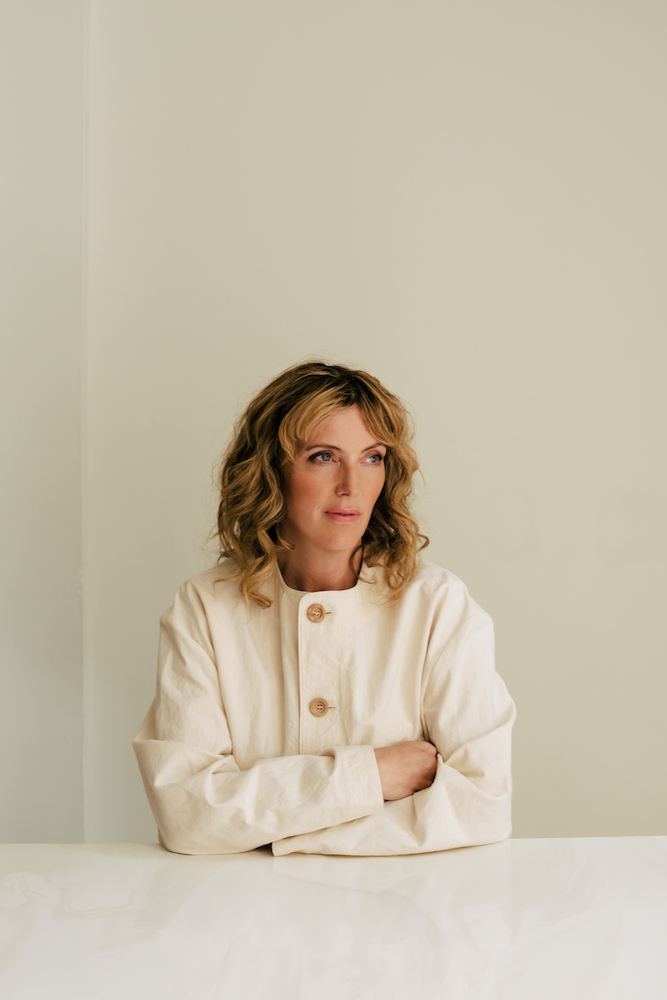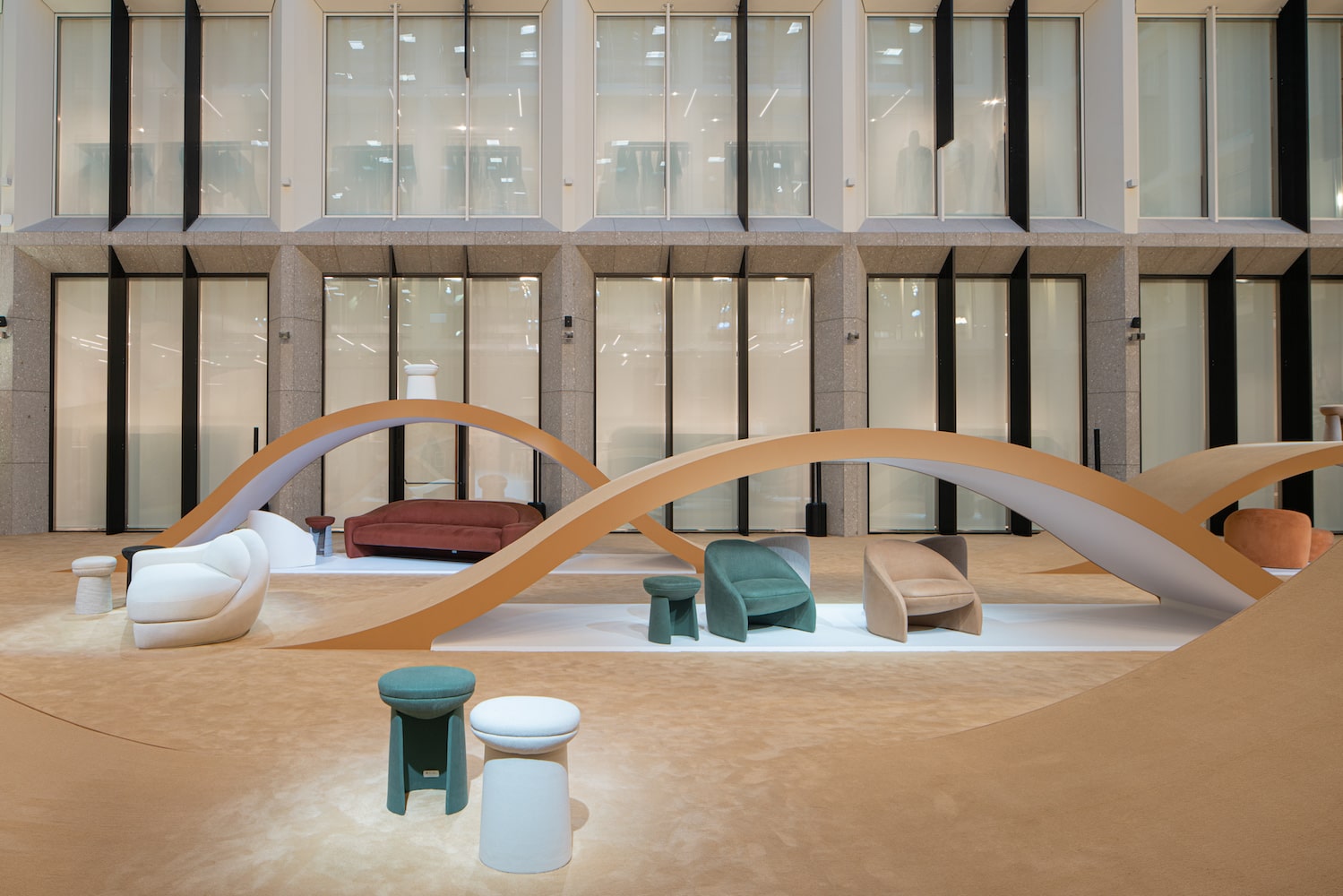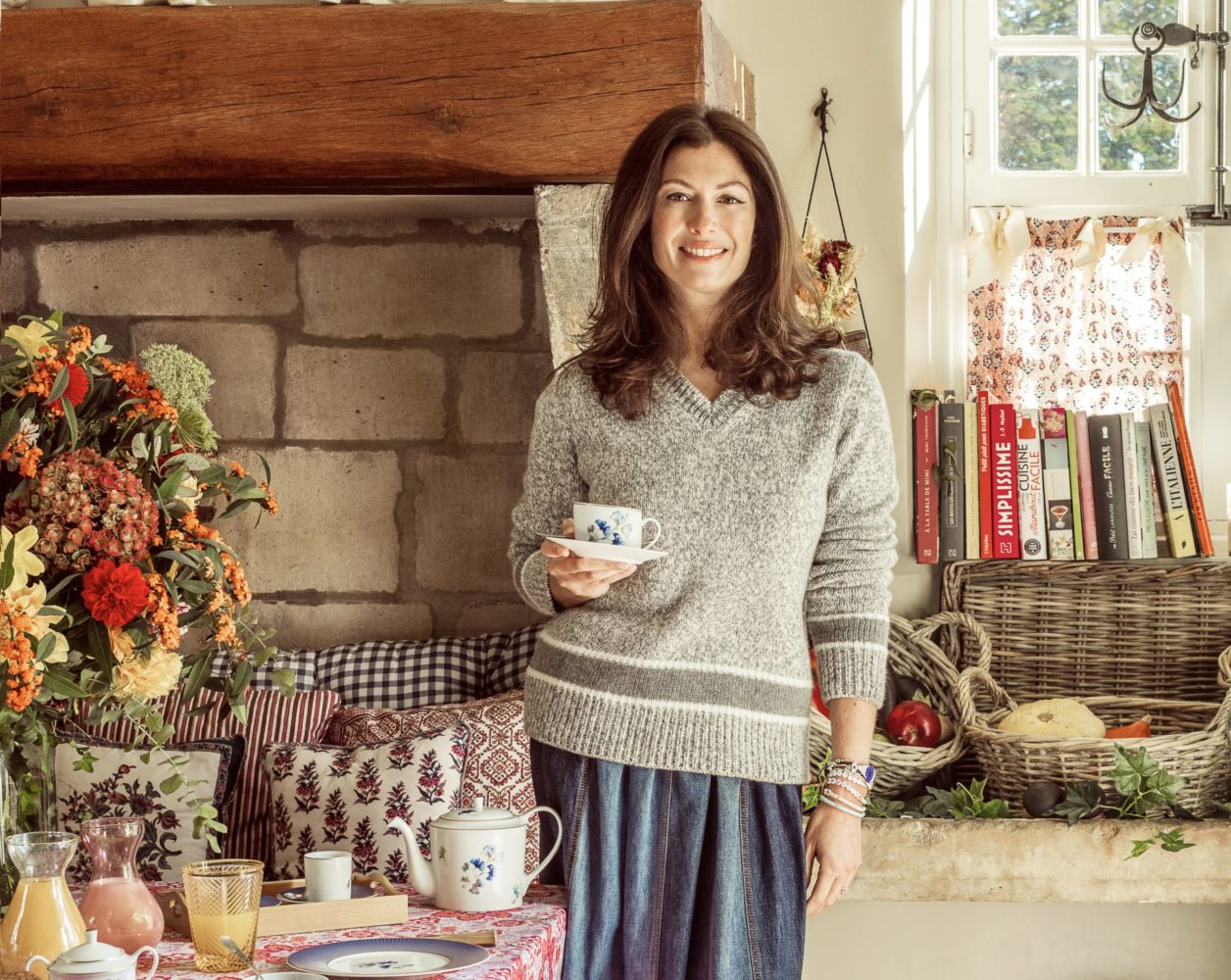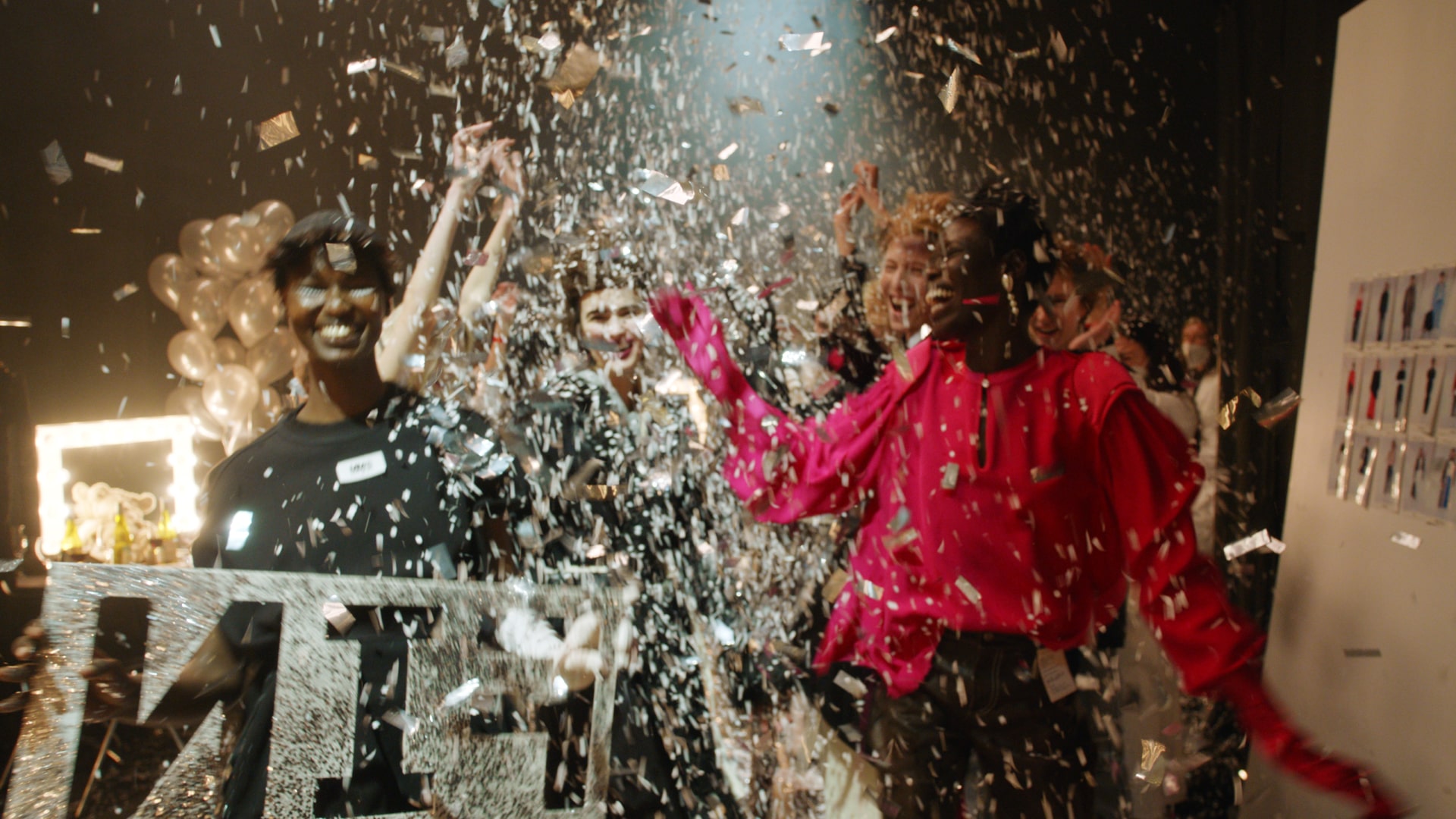This summer, Faye Toogood’s first monograph was published by Phaidon, entitled Faye Toogood: Drawing, Material, Sculpture, Landscape. It showcases not just the scope of the artist’s multidisciplinary practice—encompassing design, interiors, objects, art, clothing, and illustration—but the guiding principles of her studio (which she lovingly has called a place for misfits).
Toogood’s “Assemblage 7” is currently on view at Friedman Benda’s Los Angeles location, debuting new pieces installed alongside the paintings of Christopher Le Brun. Entitled “Lost and Found,” the group of tables, stools, a chair, and more feel like they’ve been unearthed from an ancient archaeological site. They are made of oak and Purbeck marble—native to the southern English coast and chock-full of fossils—and Toogood told us it felt like their shapes were revealing themselves to her.
As if straight out of Stonehenge, the making of “Assemblage 7” follows a recentering of her creative practice, where Toogood worked to get back to the childlike freedom of making. The fruits of those efforts are obvious in these pieces—they are full of intuition and originality. Whitewall spoke with the artist and designer over the summer about staying true to that first creative spark.
WHITEWALL: In your last collection, “Assemblage 6,” which you titled “Unlearning,” you went through a process of “unlearning” design, building up your vocabulary from scratch. After going through that, what were the beginnings of “Assemblage 7” like?
FAYE TOOGOOD: “Assemblage 6” was a really important moment in my work. I was trying to find my own language, my own vocabulary in form. That whole process was, as it says, unlearning everything that I’d learned before, and trying to create something that was moving forward. It’s been really liberating, and this collection has come out really quickly. Previously, it took me years and years to work on different collections and move on to the next assemblage. But having found this new vocabulary, it’s allowed me to get this collection out in a more confident way. The process is now taking maquettes that I make in the studio and then getting them to be re-created in life-size form—really trying to work on those original first maker’s marks and all the energy that goes into that very first uniqueness of an idea. That process of working has been very liberating.
The difference between 6 and 7 is that 7 is more about revealing and picking, taking the layers away and bringing that object out of the block. I took a block of clay and then sculpted out of that. This is about revealing a shape in a traditional sculptor’s way of taking a shape out of a block. And then I worked with various craftsmen to help me to translate that into timber and stone.
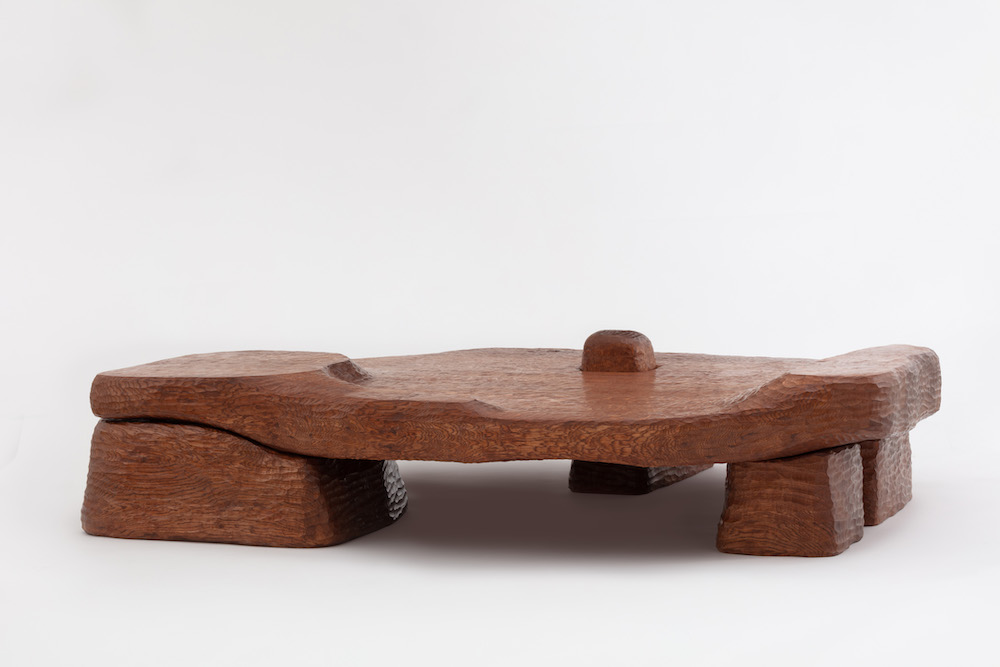
Faye Toogood, “Plot I,” 2022, hand-carved oak, 14.5 x 61 x 41 inches, photo by Angus Mill, courtesy of the artist and Friedman Benda.
WW: Was it like the object was already there, it was just your job to reveal it?
FT: Yes, exactly. I don’t know if that’s how sculptors feel, but it felt really natural to find that process, that way of working. They’ve come out looking quite primal, Neolithic almost. They’re reminding me of the Neolithic stones we have here, Stonehenge and Avebury, these places of interest and refuge. There’s something that’s felt monolithic about them, in a way.
WW: What about capturing those first maker’s marks of the maquettes is important for you, when translating to human scale?
FT: It is a really strong desire within me to capture that first pure moment of creativity. The only thing I can really liken it to is how children just create. They pick up something and they just make something. It comes really naturally to them. They don’t labor over it, they don’t look at it too much, it’s just there within them. And as you get older or maybe more trained or more educated, it becomes harder and harder to get back to that original point of creation. I really wanted to retain that in “Assemblage 6” and now in “Assemblage 7.” It feels like the most honest and pure way of working.
There’s something really magical and special about that moment of creating, and I just wanted to bottle it, develop it, and expose it. It’s quite a vulnerable moment as well. Perhaps when you are showing that vulnerable moment, you’re also finding a way of connecting to people in a different way.
WW: Does that approach influence the materials you use for both the maquette and the object?
FT: The maquettes are very much not thinking about what the end result is. It’s very different to model making something that you’ve drawn up or the process of getting something from 2-D to 3-D. It’s just play, and therefore the play is with anything we have around—paper and cardboard, sellotape, masking tape, and wire. Anything that’s in the studio, ubiquitous materials that are valueless. Those are used and then I start to think about how I might be able to translate that into other materials.
This time they’ve got this sort of timeless quality, like they’ve been unearthed and they’ve been for centuries. There’s something naive about them, which I liked. Initially, I really wanted to use bogwood, but I couldn’t get the scale I wanted. So we used oak, and the craftsmen I’m working with are very used to working in oak. The finishing is a classical shellac finishing that you would put on an 18th-century English side table. It has this really old-school furniture shellac finish on it. And maybe that’s me trying to take it back to that bogwood feeling, that rich, dark, peat feeling of it.
I wanted them to feel like they had always just been there. There will also be a Purbeck marble piece that comes out of the Dorset coast here in the U.K. It’s often used in churches and ecclesiastical buildings—it’s packed full of fossils, and it’s green. It has that ancient feeling about it.
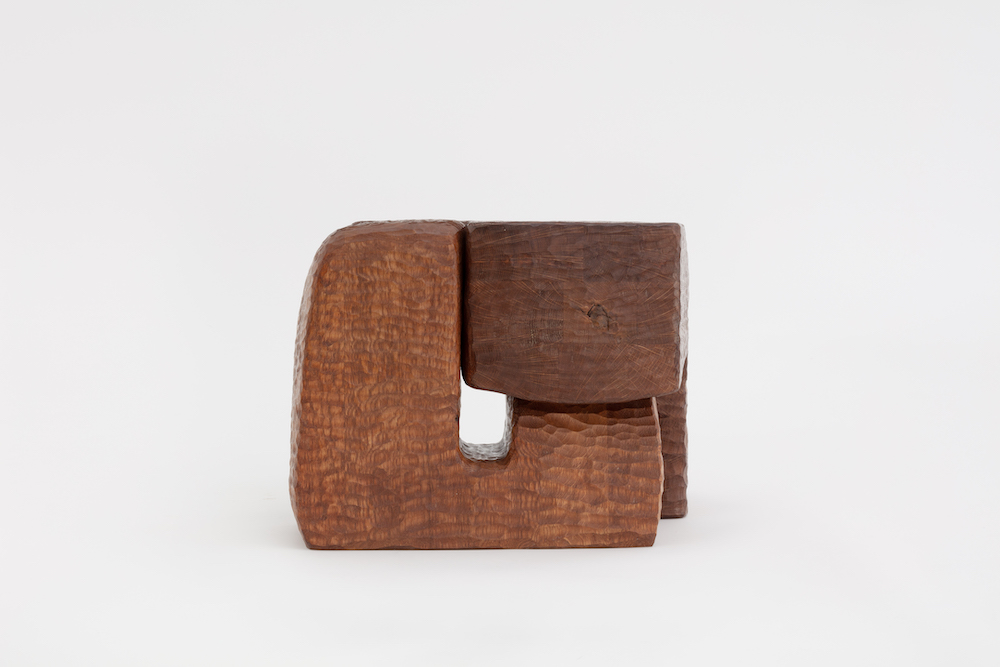
Faye Toogood, “Pile,” 2022, hand-carved oak, 16.5 x 20 x 16.25 inches, photo by Angus Mill, courtesy of the artist and Friedman Benda.
WW: You’ve said, “I realize now that the work is playful. That is something that connects people . . . creativity is the thing that connects you to childhood.” Do you find yourself having to actively maintain that sense of joy or play in your studio?
FT: Creative people tend to hold on to that childlike quality. We’re all born artists, in a way, but as we get older we lose touch with that. The creatives manage to hold on to that with varying degrees. I feel very connected to that childlike approach and that play; it’s just such an important part. But that’s not to say that I don’t sometimes need to remind myself to get back to that moment, to get back to that way of working. The best work, I know that now, comes out in that state. Metaphorically, I’m doing that in the studio. I’ve always described it as a place of misfits. I’ve seen the studio as a shelter, a sanctuary for people that feel really creative but don’t want to be restrained by their discipline or their education or that they want to play. That’s freedom.
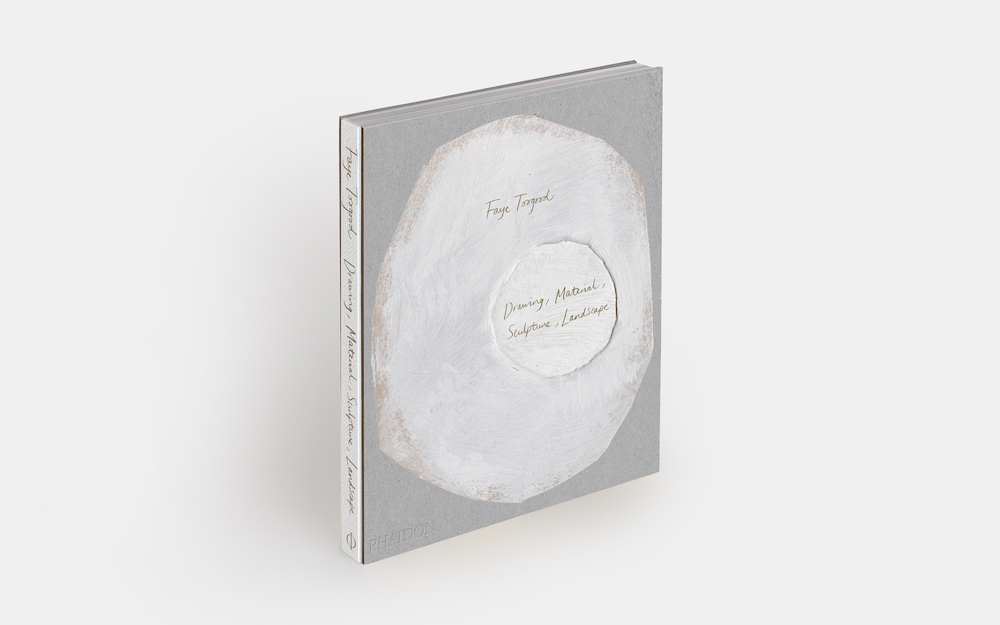
“Faye Toogood: Drawing, Material, Sculpture, Landscape,” 2022, edited by Alistair O’Neil, published by Phaidon.



